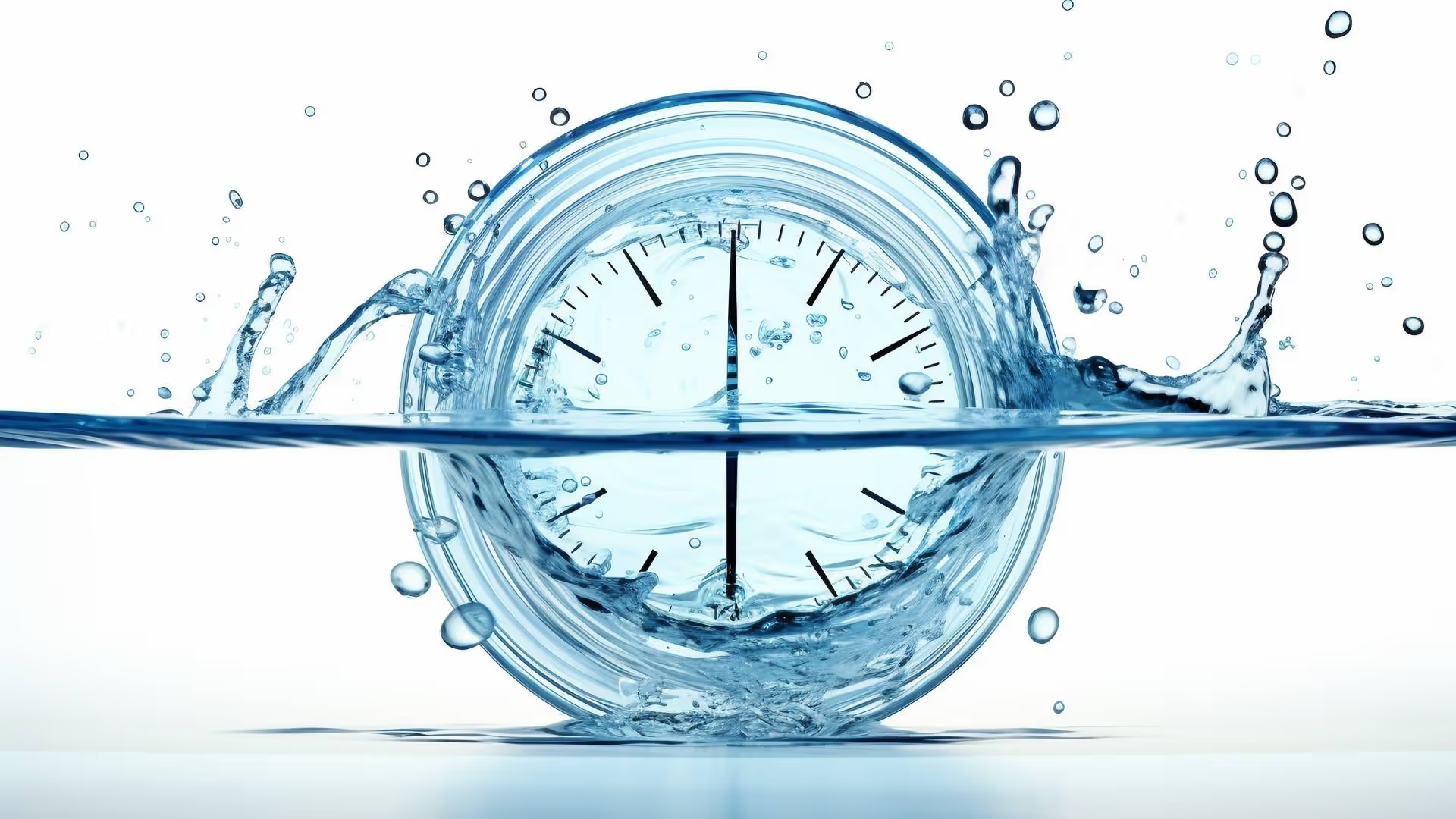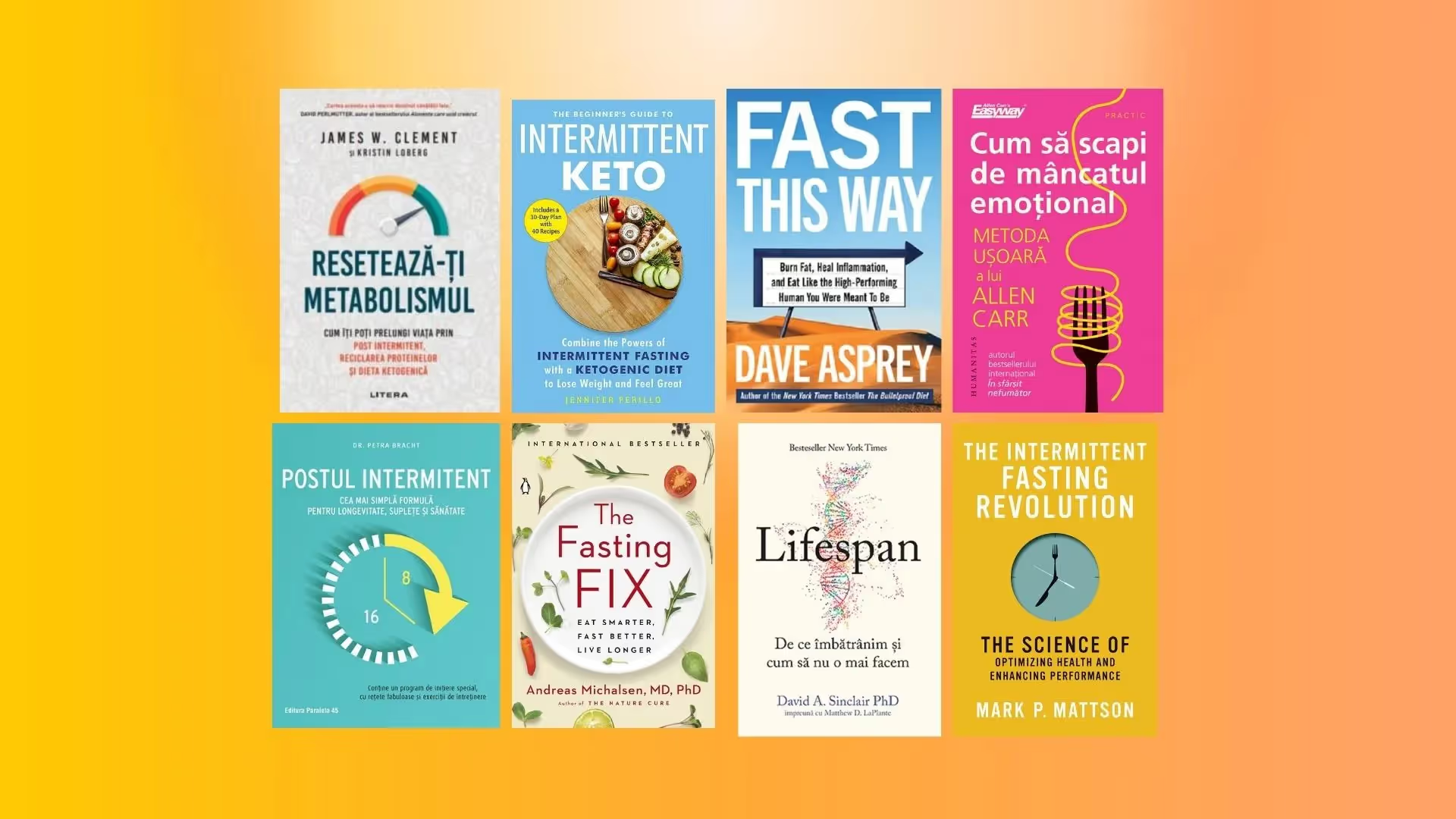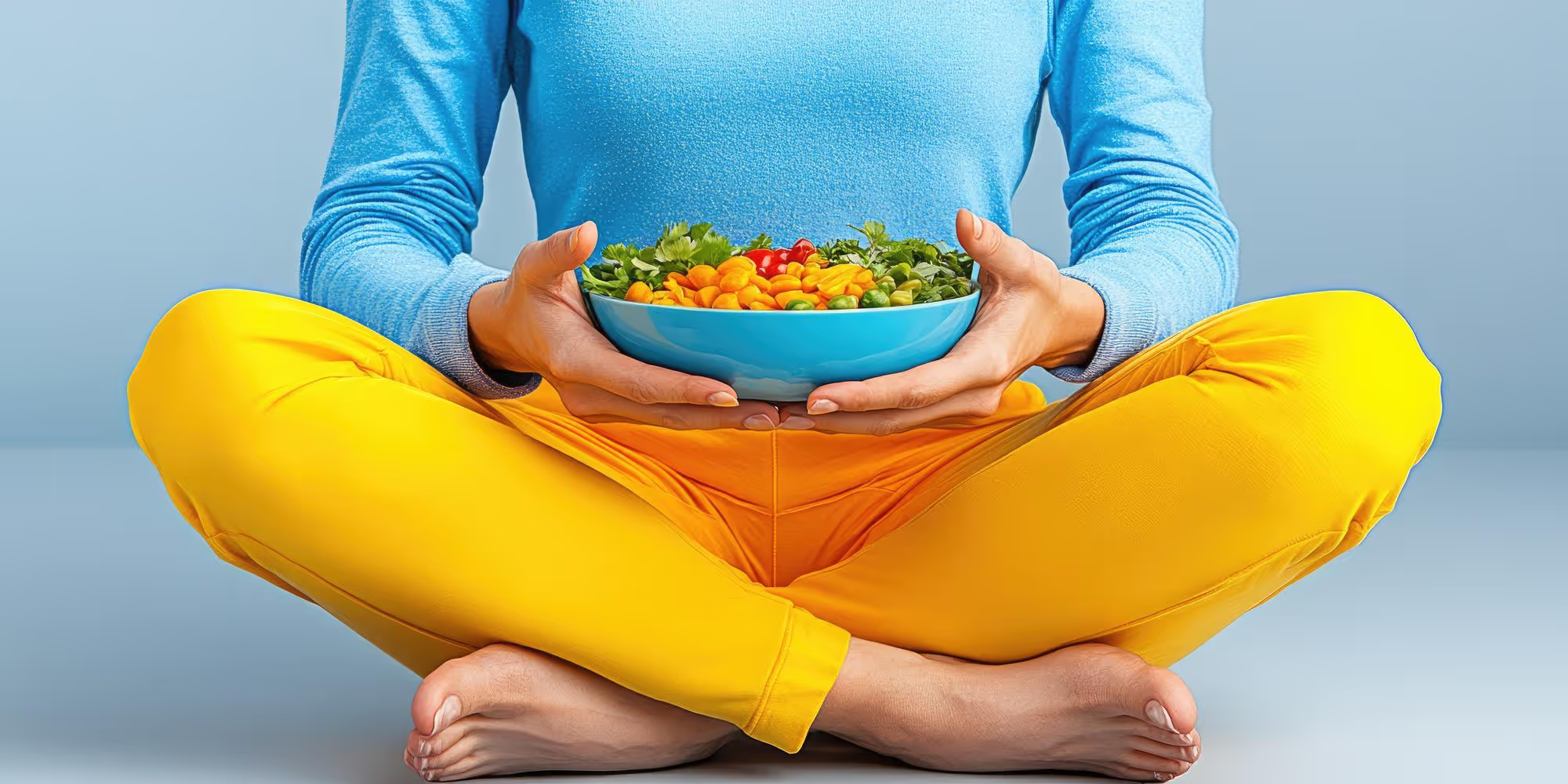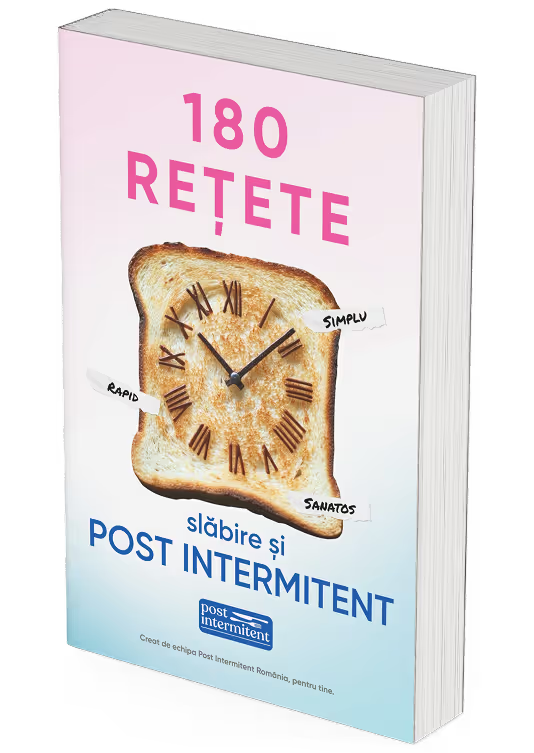In this article, you will discover:
- What is water fasting and how does it work
- Scientifically proven benefits
- The associated risks and how to avoid them
- Step-by-step guide to getting started safely
What is water fasting?
Water fasting means drinking exclusively water, without food or caloric beverages, for a fixed period of time — usually between 24 hours and 5-7 days. Some advanced people even choose 10-14 day posts under medical supervision.
It differs from intermittent fasting in that there are no feeding windows. It is a complete fasting, in which the only intake is water.
Benefits of fasting with water
- Activation of autophagyThe process by which the body cleans damaged cells and regenerates tissues.
- Weight loss— especially in short periods, by burning glycogen and fat reserves.
- Reducing inflammation— lower levels of inflammatory markers in the blood.
- Improving insulin sensitivityIt is important for the prevention of diabetes.
- Mental clarity— reported by many practitioners after 2-3 days of fasting.
Risks and Precautions
Water fasting is not for everyone. It is not recommended:
- People who are underweight or with eating disorders
- Pregnant or lactating women
- People with chronic conditions without medical advice
Possible adverse effects of fasting with water:
- Headaches
- Dizziness
- Extreme tiredness
- Electrolyte imbalances if prolonged beyond 3 days without supplementation
How to start a water fast — step by step guide
Preparing(2-3 days before):
- Eliminates sugar, caffeine, alcohol and processed foods
- Eat easier: soups, vegetables, salads
During fasting:
- Drink a minimum of 2-3 liters of water daily
- Rest more than usual
- Avoid intense physical exertion
Termination of the post:
- DO NOT go straight back to heavy meals!
- Day 1: diluted juices or strained soup
- Day 2-3: cooked vegetables, plain rice
Table with the stages of water fasting and physiological effects that occur at different intervals
Complete menu on 5 days after fasting with water, adaptable for 16/8, 18/6 and OMAD
After a water fast, your body is in a state of high metabolic sensitivity. The introduction of food should be done gradually, with an emphasis on easily digestible, nutrient-rich foods, to avoid digestive discomfort or imbalances. Below you will find a 5-day menu, which can be adapted for 16/8, 18/6 and OMAD.
📝 Hint: If you follow OMAD, consume lunch and dinner meals as a single meal, adjusting the amounts according to tolerance.
Day 1 — Gentle Reintroduction
Breakfast (only for 16/8 and 18/6)
- Clear vegetable soupCooking: Boil for 30 minutes 1 carrot, 1 parsnip, a piece of celery and 1/2 zucchini in 1L of water. Strain the soup and add 1 teaspoon of extra virgin olive oil.
Lunch
- Zucchini and carrot puree: Boil the zucchini, carrot and parsnip, then pass them finely. Add 1 teaspoon of coconut oil for extra healthy fats.
Dinner
- Plain white riceRecipe: Boil half a cup of white rice in water until soft. Add a teaspoon of avocado oil and drink an unsweetened ginger tea.
Estimate valuesIngredients: 600 kcal/12g protein/25g fats/7g fiber
Day 2 — Dense Texture
Breakfast
- Baked apple: Wash and peel an apple, cut it in half, sprinkle cinnamon and coconut flakes on top and bake it for 20 minutes at 180°C.
Lunch
- Pumpkin cream soupRecipe: Boil 250g pumpkin with onion and carrot. Pass everything and add 1 teaspoon of ghee. Serve with 2 rounds of expanded rice.
Dinner
- Sweet Potato + Avocado: Bake a medium sweet potato. Pass half an avocado with a little lemon juice and salt. Serve alongside.
Estimate values: 900 kcal/16g protein/32g fat/11g fiber
Day 3 — Light protein and cooked vegetables
Breakfast
- Green Smoothie: Blend 1 banana, a handful of spinach, 1 tablespoon of chia seeds and 150 ml of coconut water.
Lunch
- Steamed cod filletCooking: Cook 150g of steamed cod for 10-12 minutes. Serve it with boiled broccoli and carrot in the oven (or boiled).
Dinner
- Rice with lentils: Boil brown rice and lentils separately, then combine them with 1 teaspoon of extra virgin olive oil.
Estimate valuesIngredients: 1100 kcal/35g protein/30g fats/14g fiber
Day 4 — Return to Complex Meals
Breakfast
- Oatmeal porridgeCooking: Boil 40g of oats with 200ml of vegetable milk. Add cranberries and 10g chopped raw almonds.
Lunch
- Grilled chicken breastCooking: Cook 150g chicken breast on the grill. Join 50g cooked quinoa and lettuce with olive oil + lemon juice.
Dinner
- Creamy red lentil soupRecipe: Boil 100g red lentils with onion, carrot, garlic and turmeric. Pass everything and add green parsley at the end.
Estimate valuesIngredients: 1350 kcal/45g protein/35g fats/18g fiber
Day 5 — Full version
Breakfast
- 2 hard boiled eggs(8—10 minutes)
- Pasted Avocado: Season half avocado with salt and lemon. Serve with cucumbers and cherry tomatoes.
Lunch
- Baked salmon: Bake 150g salmon with a little olive oil and lemon, 20 minutes at 180°C. Serve with sautéed asparagus (if you don't have asparagus, frozen green beans) and baked sweet potato.
Dinner
- Chia Pudding: Mix 3 tablespoons of chia seeds with 200ml of coconut milk. Leave in the refrigerator for 4 hours (ideally oodles before). Serve with frozen raspberries.
Estimate valuesIngredients: 1500 kcal/60g protein/45g fats/20g fiber
Conclusion
Adaptation after fasting with water is essential to benefit from its effects and avoid imbalances. This menu offers a gentle transition, balanced and compatible with any style of intermittent fasting. After the 5 days, you can gradually return to a full plan 16/8, 18/6 or OMAD, with more varied and nutrient-rich meals. Listen to your body, eat intuitively and maintains hidrating as a priority.
📌 Did you hold a water post?
Most start with 24-48 hours. More than 3 days is recommended only with medical advice.
Ideal is just plain water. Some people accept unsweetened teas, but purists prefer only water.
Stop fasting immediately, moisturize and gradually return to eating. Your body signal matters more than your plan.









.svg.avif)
































.svg)
